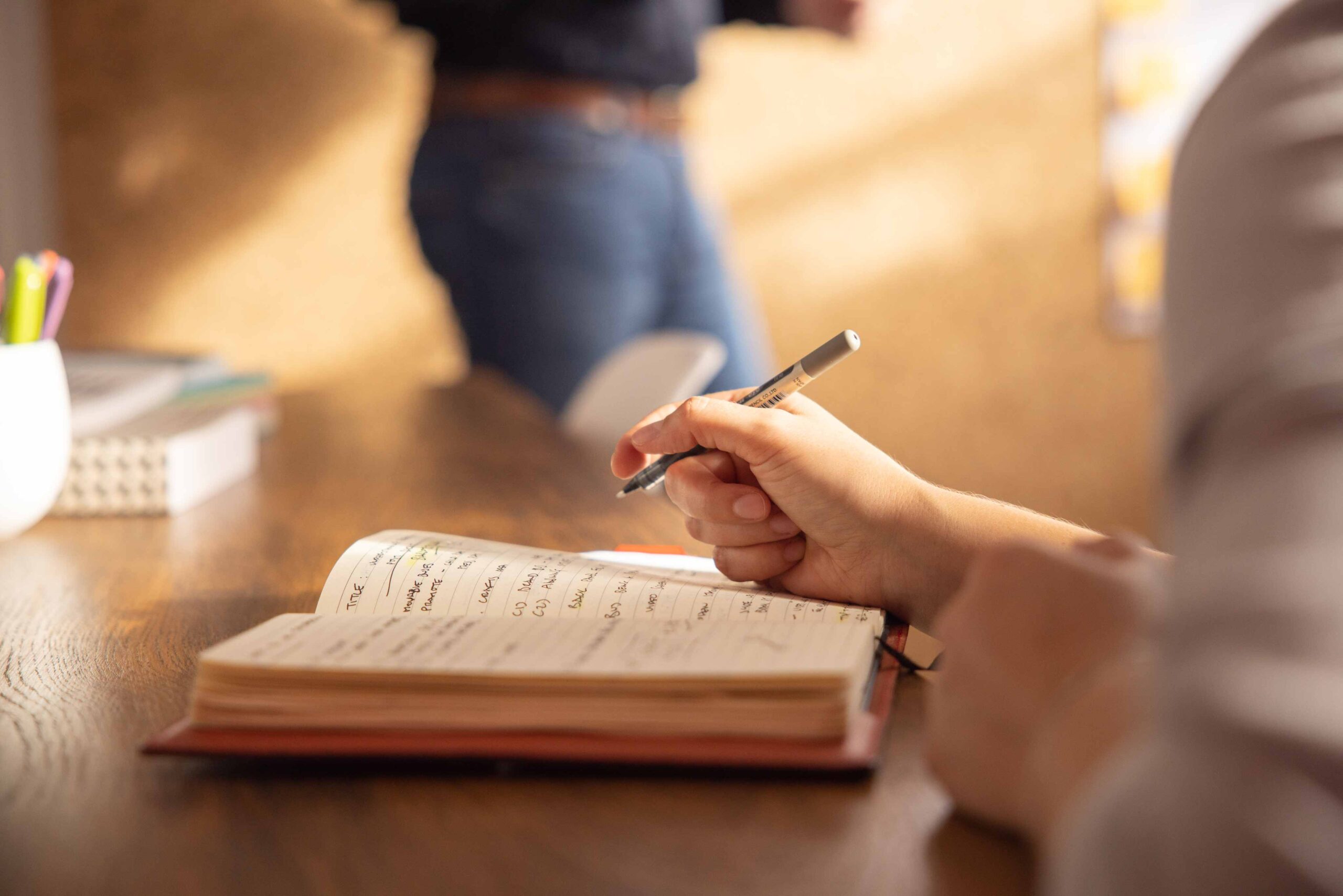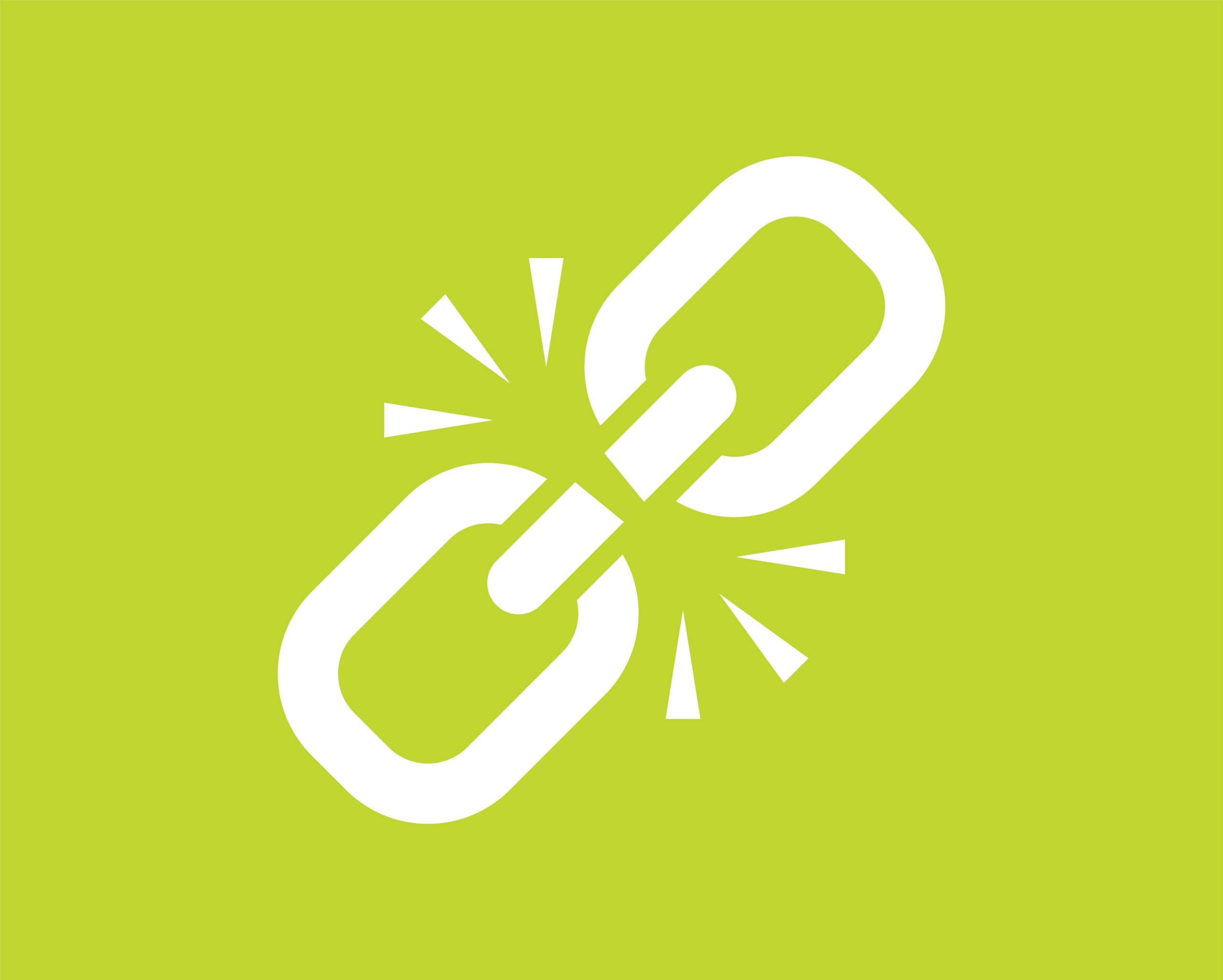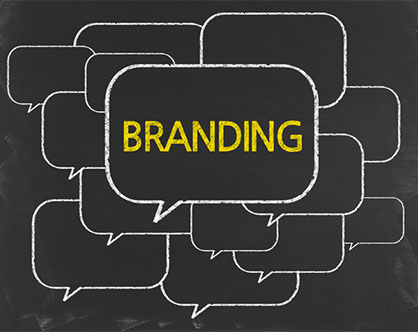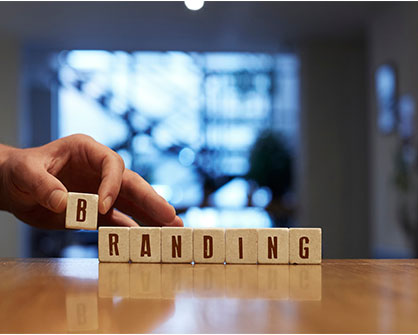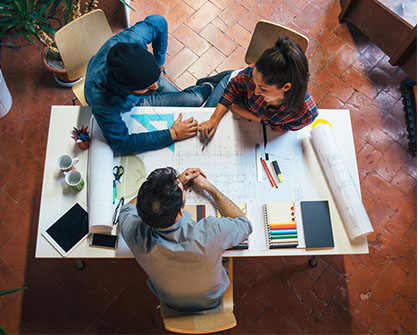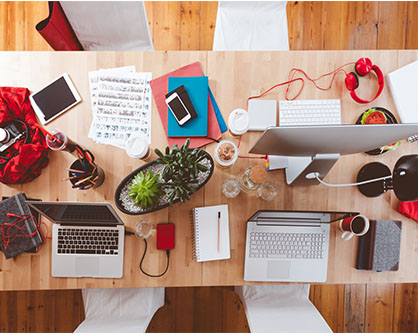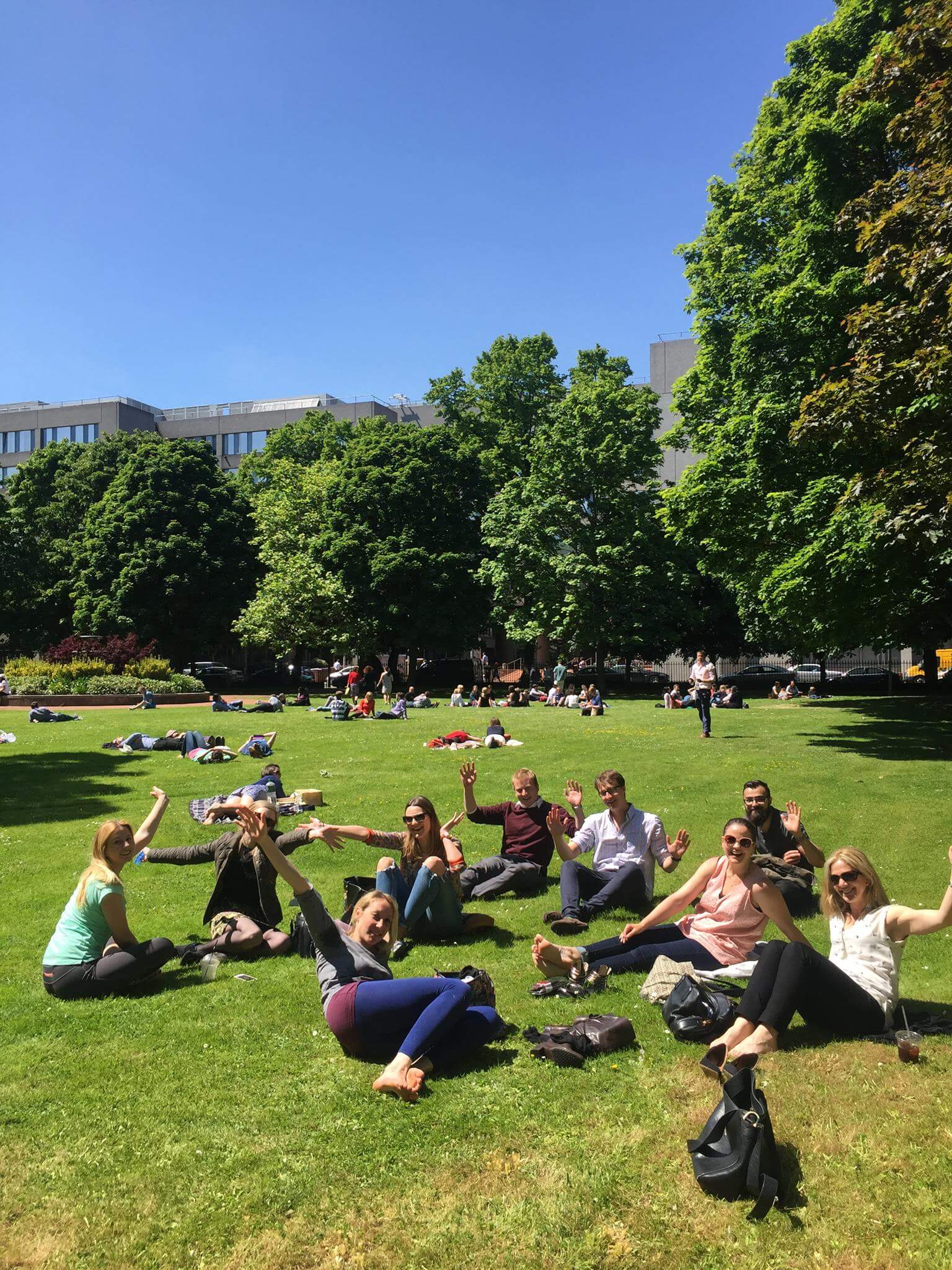Going by a dictionary definition, a logo is “a design or symbol that a company or an organization uses as its special sign.”
Businesses need a way to differentiate themselves from their competitors. They achieve this with branding. Uniquely styled visuals for their advertising, packaging and messaging. The logo on its own is not the brand but the symbol used to communicate which company owns a particular good or service. It’s a trigger for your awareness of that brand and all that you know and feel about it to come into play. The logo is the identifier of a brand.
Brand awareness is everything that attracts and connects people to a company’s products and services. How it makes people feel owning, wearing, using and supporting these brands adds to our sense of style, status and identity. All brands have a logo, a brand mark when advertised and shared becomes recognisable as belonging to one company over another.
So what does makes a great logo? All the designers at Idea will tell you that logos should be unique, memorable, scalable and also work in one colour. Big brands the world over have been updating their logos to look cleaner and stronger at smaller sizes, spurred on by digital and how these logos look on your mobile screens. A quick search on Google will show how big companies such as Airbnb, Google, Spotify, Burger King and Mastercard have all simplified their logos to make them more confident and digital friendly. Interestingly Guinness went the other way and employed Design Bridge to add detail, character and life back into the harp symbol which brilliantly reflects the brand’s heritage.
Great logos are memorable, versatile, appropriate and timeless. It needs to make sense of what it’s representing and be strong and confident when compared with the competitors. The easiest way to explain the thought and rationale that goes into logo design is to show you some of our own. Here are 3 logos we designed this year with a brief description to explain why we designed them to look like this.
Simply Blue Energy

A company focused on blue growth strategies to fight climate change by developing marine resources such as Floating Wind Farms, Wave Energy and Aquaculture. Inspired by the wind, our logo derives from a wind rose plot diagram, a chart that is used by meteorologists to measure the speed and direction of the wind.
Dynamic Partners

A collective of experts who work with business leaders and their teams to give them the skillsets and tools required to enable them to thrive. Bringing insight and resource to the relationships between people in organisations takes conversation and a belief that we are better together. This logo captures these conversations by using speech bubbles to represent the D and P of Dynamic Partners with a Venn diagram overlap. The meeting in the middle is where real understanding and change occurs.
The Arc Collection

A company dedicated to the curated selection, development and management of short-term luxury rental properties in gateway getaway? cities across Europe. An exclusive and elegant logo designed to visually represents its name by using arcs to create the letters.
Let’s consider and review some of the most successful logo designs in the market today.

The iconic “swoosh” of Nike evokes a feeling of movement, progression and speed. Very appropriate for a sportswear brand. The symbol of a logo should be highly visible and memorable. Ideally a logo should be so recognisable that a client can recall it even after one quick glance.

The Fedex logo is famous for the arrow hidden within the letters. The negative space created between the letters E and x creates a forward pointing arrow that evokes a sense of speed, destination and perseverance in achieving goals. I got into a conversation with my sister about how to brand companies and what makes a great logo, a prelude of sorts to this article and I happened to mention the hidden arrow in the FedEx logo. She came back to me a few weeks later all excited about how she finally saw the arrow and now that she has seen it, she can’t unsee it. Small discoveries like this really elevate a logo in the mind of a client. Understanding and appreciating the meaning of a logo and how it cleverly ties back to the relevance of the company really helps to build brand confidence. We all like clever, it shows consideration, thought and understanding. We want our brands to understand our needs and to feel satisfied and better off by our purchases.
When I mention 3 stripes which company do you think of? It’s like asking which company uses the tagline ‘Probably’. Taking something so simple and building a brand that is supported by something so powerful, memorable and simplistic is the gold standard in logo design. The three-striped logo is the cornerstone of Adidas branding.
This mountain emblem conveys the idea of overcoming challenges, scaling mountains and pushing through to achieve your goals. In the same way we designed the Dynamic Partners logo to feel more approachable by using lowercase lettering for the name, Adidas starts with a lower-case letter to emphasise its sportswear products are accessible for everyone.
Great logos are intriguing, eye catching, memorable and remarkable. Some may think that a logo should visually represent everything your company is or does, but I hope this article shows this is not what to expect from a logo. Nobody needs to look at a logo and see all of that. Ideally if you can visually capture the essence of the company or product in a simple, emotive and impactful way, it can create an attraction for the brand which is ultimately good for business.
